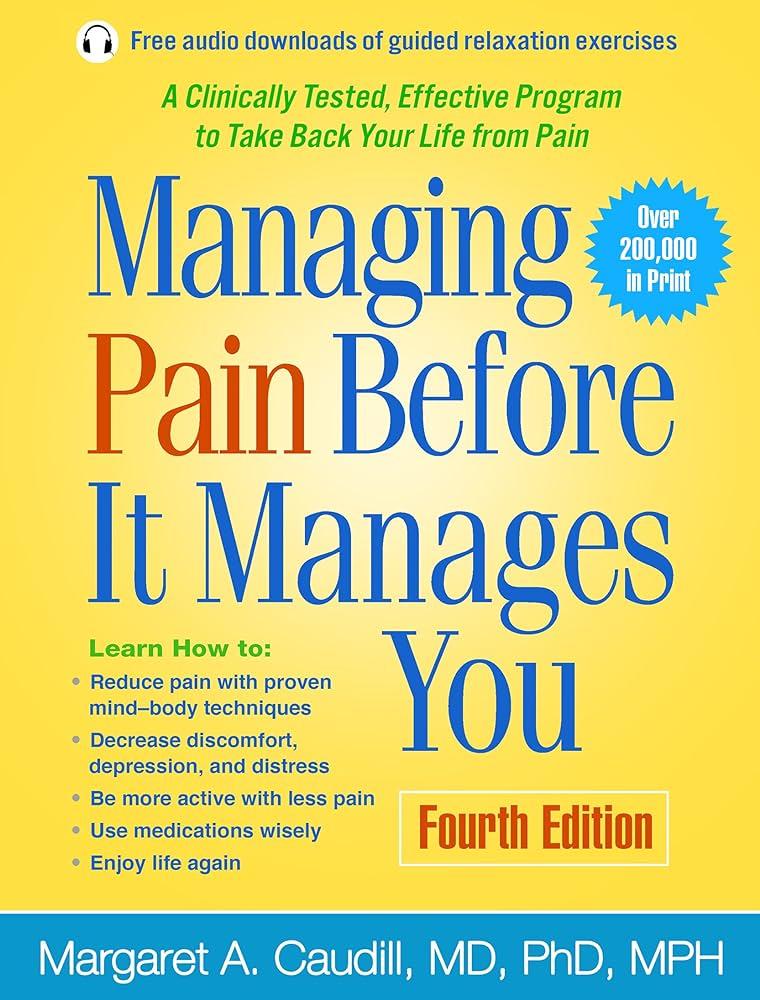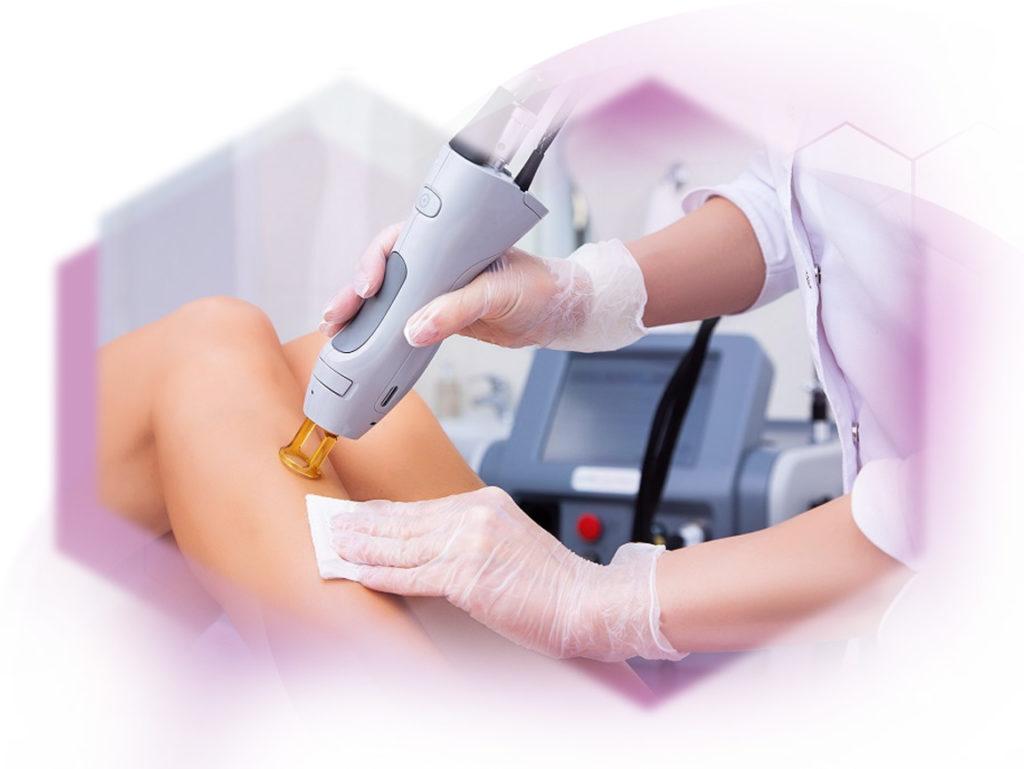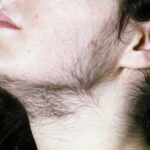In the realm of modern skincare and cosmetic procedures, the Alexandrite laser has emerged as a beacon of hope for those seeking solutions to various dermatological concerns. This precise and effective technology holds the promise of rejuvenation, but just like any valuable gem, its brilliance must be meticulously maintained. Welcome to our guide on “Ensuring a Smooth Recovery: Alexandrite Laser Aftercare Tips.” Here, we unfold a tapestry of insights and practical advice, weaving together the essential steps for nurturing your skin post-treatment. Whether you’ve just embarked on this transformative journey or are a seasoned veteran of laser treatments, these tips will illuminate your path to a radiant recovery. Join us as we delve into the art and science of Alexandrite laser aftercare, ensuring your skin’s health and beauty are preserved with the utmost care.
Understanding the Alexandrite Laser: What to Expect After Treatment
After undergoing Alexandrite laser treatment, it’s imperative to understand the aftercare process to ensure a smooth recovery. Immediately post-treatment, you might notice some redness and mild swelling in the treated area. This is a normal reaction and typically subsides within a few hours to a couple of days. To alleviate any discomfort and reduce inflammation, applying a cool compress to the area can be quite effective. Additionally, over-the-counter pain relievers like ibuprofen or acetaminophen can help manage any discomfort.
- Hydrate your skin: Use a gentle moisturizer to keep the treated area hydrated and promote healing.
- Avoid sun exposure: The treated skin can be very sensitive, so it’s crucial to apply a broad-spectrum sunscreen with an SPF of 30 or higher.
- Gentle cleansing: Use a mild cleanser to wash the treated area twice daily, and avoid scrubs or exfoliators.
During the healing process, it is critical to refrain from scratching or picking at the treated area, even if you experience some itching or minor crusting. These symptoms are part of the natural healing process, and disrupting them can increase the risk of scarring or infection. Wearing loose, breathable clothing over the treated area can help minimize irritation and reduce the risk of complications.
| Post-Treatment Care | Duration |
|---|---|
| Avoid direct sun exposure | 2 weeks |
| Apply cool compress | Immediately after treatment for 24 hours |
| Use gentle moisturizer | Daily |
It’s also a good idea to keep a close eye on the treated area for any signs of infection such as increased redness, swelling, or discharge. If any of these symptoms occur, contact your healthcare provider promptly. Follow-up appointments with your practitioner are usually scheduled to ensure that the treated area is healing correctly. They can also provide personalized advice and adjustments to your skincare routine based on your specific needs.
Essential Skin Care Regimen: Products and Practices for Optimal Healing
Your skin has just undergone an Alexandrite laser treatment, transforming it into a blank canvas eagerly awaiting its new reveal. It’s crucial to pamper your skin with a well-structured regimen to ensure a swift and smooth recovery. Here are some essential products and practices to incorporate into your daily routine.
**Moisturizing** is the cornerstone of post-treatment care. Choose a **fragrance-free**, **hypoallergenic** moisturizer enriched with soothing ingredients like aloe vera and hyaluronic acid. These components help to **retain moisture**, accelerating the healing process. Apply generously over the treated area, especially after cleansing.
To safeguard your skin from potential irritation, opt for a gentle **cleanser**. One that is **sulfate-free** and composed of **natural ingredients** will cleanse your skin without stripping away essential oils. Incorporate this into your morning and evening routines to maintain a clean, calm surface. Ensure you’re avoiding any exfoliating products for the first week post-treatment.
**Sun protection** is non-negotiable. Post-treatment skin is highly sensitive and susceptible to sun damage. Equip yourself with a **broad-spectrum SPF 30 or higher** sunscreen, even on cloudy days. Reapply every two hours when outdoors. To help you in choosing the right products, here’s a handy cheat sheet:
| Product | Features |
|---|---|
| Moisturizer | Fragrance-free, Hypoallergenic, Aloe Vera, Hyaluronic Acid |
| Cleanser | Sulfate-free, Natural Ingredients |
| Sunscreen | SPF 30 or Higher, Broad-spectrum |

Diet and Hydration: Supporting Your Skin from the Inside Out
Nourishing your skin from within plays a crucial role in the recovery process after an Alexandrite laser treatment. Consuming a balanced diet rich in vitamins, antioxidants, and minerals can significantly enhance your skin’s healing abilities. **Fruits and vegetables** high in vitamin C, such as citrus fruits, strawberries, and bell peppers, can boost collagen production, which is essential for skin repair. Additionally, incorporating foods rich in vitamin E, like almonds, sunflower seeds, and spinach, helps to protect your skin from oxidative stress.
**Hydration** is another key factor in maintaining healthy and resilient skin. Drinking at least eight glasses of water daily ensures that your skin remains well-hydrated, which can help expedite the healing process. Not only does proper hydration aid in detoxifying the skin, but it also carries essential nutrients to your cells, contributing to overall skin health. Consider sipping on herbal teas, such as chamomile or green tea, which have been known for their anti-inflammatory and antioxidant properties.
**Healthy fats**, like those found in avocados, flax seeds, and fatty fish like salmon, are essential for maintaining skin elasticity and smoothness. Omega-3 fatty acids, in particular, play a significant role in reducing inflammation, promoting faster recovery, and keeping your skin soft and supple. Including these in your diet can provide an additional layer of protection for your skin’s natural barrier during the recovery phase.
Here’s a quick guide to some skin-friendly nutrients and their benefits:
| Nutrient | Benefits | Food Sources |
|---|---|---|
| Vitamin C | Boosts collagen production | Citrus fruits, Strawberries, Bell peppers |
| Vitamin E | Protects against oxidative stress | Almonds, Sunflower seeds, Spinach |
| Omega-3 Fatty Acids | Reduces inflammation | Salmon, Flax seeds, Walnuts |
By mindfully choosing your foods and staying well-hydrated, you can support your skin’s recovery and enhance its natural beauty post-treatment.

Managing Discomfort: Effective Solutions for Common Post-Treatment Issues
When undergoing treatments with an Alexandrite laser, managing the discomfort that follows is crucial for a smooth recovery. One of the most effective ways to alleviate common post-treatment issues is through the use of cold compresses. Applying a cold compress to the treated areas can significantly reduce **redness**, **swelling**, and **irritation**. It’s recommended to apply the compress for about 10-15 minutes every few hours for the first 24-48 hours post-treatment.
Another essential aspect of recovery is keeping the skin well-moisturized. Post-laser treatment, the skin can become quite dry and flaky. Opt for a gentle, fragrance-free moisturizer to nourish the skin without causing further irritation. Some beneficial ingredients to look for in moisturizers include **aloe vera**, **vitamin E**, and **shea butter**. These components help speed up the healing process while soothing any existing discomfort.
Protecting your skin from the sun is non-negotiable after an Alexandrite laser session. The treated skin is more susceptible to sun damage, which can lead to **hyperpigmentation** and **scarring**. Always use a broad-spectrum SPF 30 or higher sunscreen when going outdoors. In addition to sunscreen, wearing protective clothing such as wide-brimmed hats and long sleeves can offer extra layers of protection.
| Post-Treatment Issues | Suggested Solutions |
|---|---|
| Redness & Irritation | Cold Compresses |
| Dryness | Gentle Moisturizers (Aloe Vera, Vitamin E) |
| Sun Sensitivity | Broad Spectrum SPF 30+ |
To further enhance the healing experience, consider incorporating **calming treatments** like chamomile or green tea soaks. These natural remedies have anti-inflammatory properties that can soothe the skin. Simply brew a strong tea, let it cool, and apply it to the affected area using a soft cloth or cotton pads. This home remedy can be a wonderful addition to your aftercare routine.

When to Seek Professional Advice: Recognizing Signs of Complications
While the recovery journey following an Alexandrite laser treatment is generally smooth, there are times when consulting a professional is essential to avoid complications. It’s vital to be aware of and recognize early signs that may indicate your body needs a bit more help adjusting to the treatment. **Unusual skin reactions** such as excessive redness, persistent swelling, or blistering beyond a few days post-treatment could be indicative of an adverse reaction.
Another red flag is the presence of significant pain. It’s common to experience some degree of discomfort and tenderness around the treated area, but if the pain is intense or worsening, it might signal an underlying issue. Additional cues include the onset of fever or chills, suggesting an infection which needs immediate medical intervention.
Monitor healing closely. If weeks pass and you notice **delayed healing** or the appearance of unusual scarring, this can also be a sign that recovery is not progressing properly. In these cases, professional advice could prevent long-term issues and ensure your skin heals as expected.
| Complication | When to Seek Help |
|---|---|
| Excessive Redness | More than a few days post-treatment |
| Blistering | Beyond initial days of recovery |
| Significant Pain | If intense or worsening |
| Fever | Any onset after treatment |
Trust your instincts. If something feels off, it’s worth reaching out to your dermatologist or healthcare provider. Early intervention can make a significant difference in ensuring that your recovery remains on track and as comfortable as possible. Remember, your health and well-being come first, and it’s always better to err on the side of caution.
Q&A
Q: What is an Alexandrite laser, and why might someone opt for this type of treatment?
A: The Alexandrite laser is a high-energy light therapy device commonly used for hair removal, tattoo removal, and treating pigmented lesions among other dermatological applications. It operates at a wavelength of 755 nm, making it particularly effective for targeting melanin in the skin. People choose Alexandrite laser treatments for their precision, efficiency, and typically shorter session durations.
Q: What should you expect immediately after an Alexandrite laser treatment?
A: Post-treatment, it’s normal to experience some redness and swelling in the treated area. This may feel similar to a mild sunburn and typically subsides within a few hours to a couple of days. Some patients might also notice darkening of the treated spots before they lighten and eventually vanish.
Q: What are the essential aftercare steps following an Alexandrite laser session to ensure a smooth recovery?
A: The key to a smooth recovery involves several important steps:
- Cooling and Comfort: Apply a cool compress to the treated area to reduce swelling and discomfort.
- Moisturize: Use a gentle, hydrating moisturizer regularly to keep the skin from becoming dry and irritated.
- Avoid Sun Exposure: Shield the treated area from the sun by wearing protective clothing and using broad-spectrum sunscreen. Sun exposure can lead to complications, including hyperpigmentation.
- Gentle Cleansing: Wash the area gently with a mild cleanser to avoid aggravating the skin.
- No Picking or Scratching: Resist the urge to pick at or scratch the treated area to prevent scarring and infections.
- Follow-Up Appointments: Adhere to any follow-up appointments scheduled by your dermatologist to monitor healing and progress.
Q: Are there any specific products or ingredients to avoid after an Alexandrite laser treatment?
A: Yes, post-treatment, it’s advisable to steer clear of the following:
- Harsh Exfoliants: Avoid scrubs, peels, and any form of abrasive exfoliation, which can irritate the sensitive skin.
- Acids and Retinoids: Refrain from using products containing alpha hydroxy acids (AHAs), beta hydroxy acids (BHAs), or retinoids for at least a week post-treatment.
- Fragranced Products: Stay away from any skincare products with added fragrances that may cause irritation.
Q: How long should one wait before resuming their regular skincare routine after an Alexandrite laser session?
A: It’s best to wait until the skin fully heals before resuming your regular skincare routine. Typically, this takes about one to two weeks. However, everyone’s skin heals at a different pace, so it’s important to consult with your dermatologist to get a personalized recommendation.
Q: What are some signs that indicate one should contact a healthcare provider after an Alexandrite laser treatment?
A: While mild redness and swelling are normal, watch out for signs of complications such as:
- Severe or prolonged redness or swelling
- Blistering or crusting
- Signs of infection like increased pain, warmth, or pus
- Persistent or worsening pigmentation issues
If any of these symptoms occur, it’s crucial to reach out to your healthcare provider promptly to address any potential issues.
Q: Are there lifestyle adjustments to consider during the recovery period?
A: Indeed, to facilitate healing, it’s wise to:
- Stay Hydrated: Drink plenty of water to support skin recovery.
- Limit Heat Exposure: Avoid hot baths, saunas, and intense physical activity that can cause excessive sweating.
- Gentle Care: Wear loose, breathable clothing over the treated areas to avoid irritation.
Adhering to these tips and guidelines can help ensure a swift and smooth recovery post-Alexandrite laser treatment, allowing you to enjoy the benefits of your procedure fully.
The Conclusion
As the gentle hum of the Alexandrite laser fades into the background of your rejuvenated life, remember that your skin’s journey continues. Embrace the calm diligence of aftercare, where each step is a brushstroke on the canvas of your healing skin. With these tips in your repertoire, the path to smooth recovery is yours to navigate. Trust in the process, listen to your skin’s whispers, and let each passing day reveal the glow of well-tended care. After all, the art of aftercare is as much about patience and attention as it is about science and precision. Here’s to your luminous future!






